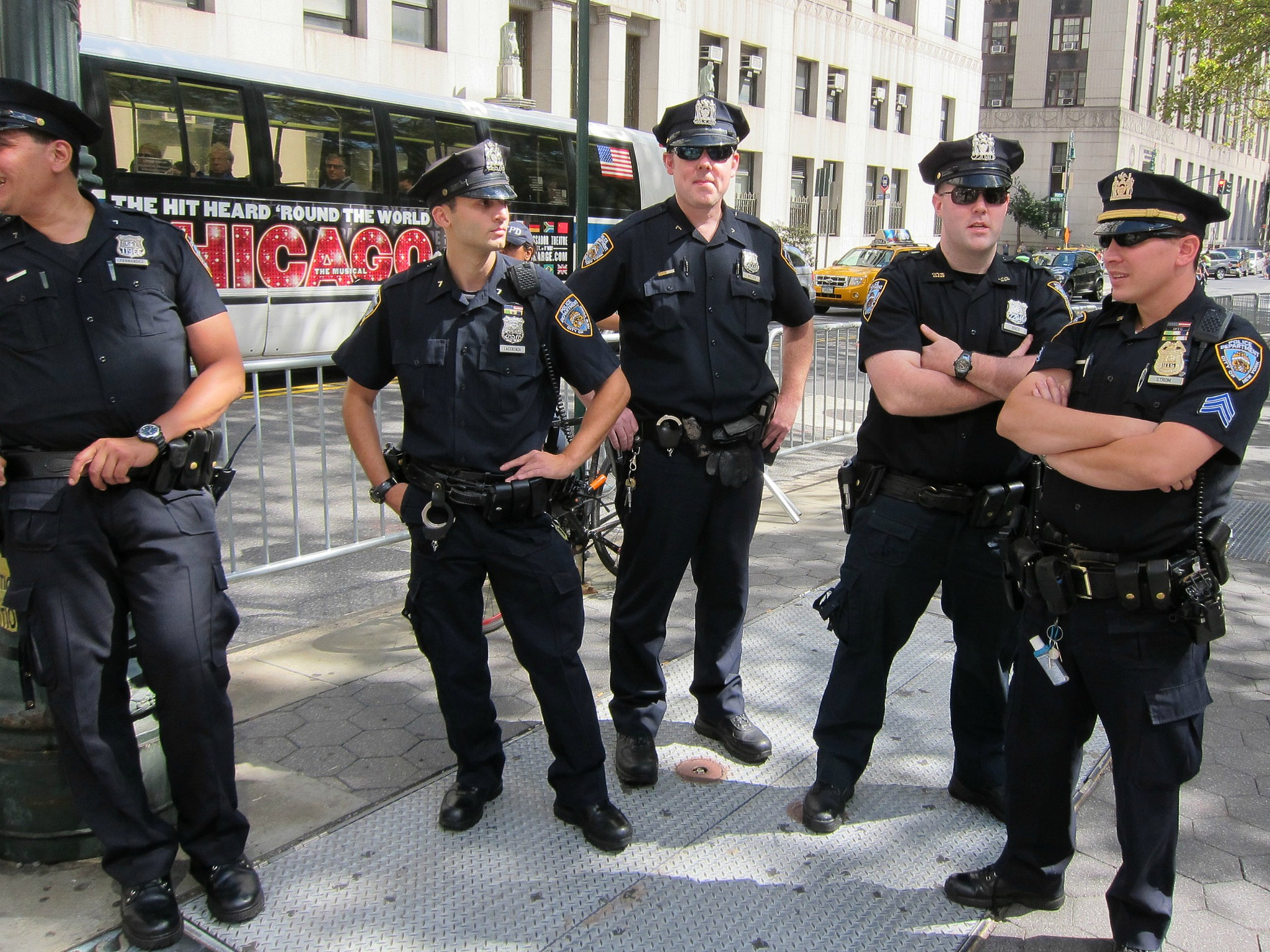Alternative Channels for Police Transparency
Fourth Amendment doctrine and new policing technologies have made law enforcement less transparent, less accountable and less trustworthy. Transparency law is beginning to fill the gap.

Published by The Lawfare Institute
in Cooperation With

Law enforcement transparency is a delicate dance. There is a broad consensus among scholars, advocates, policymakers and police themselves that trust in law enforcement requires more transparency. But police and law enforcement agencies routinely argue that too much transparency would jeopardize investigations and allow bad actors to exploit public knowledge to evade detection and punishment. These debates tend to play out in fights over open government and transparency policy, and can have a frustrating Goldilocks quality: attempting to find a balance of not too little information, not too much, but just the right amount to assuage all parties.
Beyond the broader cultural debate over transparency policy sparked in 2020 by protests over police brutality and systemic racism within policing, law enforcement secrecy also has profound implications for criminal procedure itself. In a new article, I argue that Fourth Amendment doctrine and new technologies within law enforcement have made policing less transparent, less accountable and less trustworthy. The public knows relatively little about the extensive surveillance and collection of expanding troves of information in which the police engage. As a result, many fights about police accountability for searches and seizures are now about transparency, and transparency law itself is a critical tool for defense organizations as well as for movements seeking to reform police.
Why is transparency such a central issue in today’s battles over policing? Part of the answer relates to changes in Fourth Amendment doctrine and in police practice. The Fourth Amendment’s warrant clause requires the government to demonstrate to a neutral magistrate that it has probable cause before it conducts a search. For example, in order to search a home, law enforcement must show that there is probable cause to believe that evidence is located inside.
But the warrant requirement has an important secondary effect: It promotes information flow between different branches of government, and between the government and the public. By seeking a search warrant, police bring judicial oversight into an investigation early on: Police must disclose to the magistrate what they are searching for and why they believe that probable cause exists. Searches conducted pursuant to search warrants ordinarily require notice to the person who is searched, even if that notice is delayed or deferred based on investigative need. And physical searches can be witnessed; a tenant or neighbor might be home when an apartment is searched, for example, and now police encounters can be recorded. If a defendant seeks to suppress evidence, issues related to the constitutionality of a police search are typically litigated in open court, producing public rulings.
The changes in doctrine have also altered the traditional flow of information among these groups; today, law enforcement depends increasingly on warrantless, programmatic policing methods that involve no ex ante oversight. Right now, for example, officers do not seek a judge’s permission before deciding to stop individuals on the street and ask them about whether they belong to a gang—information that officers then enter into a statewide database, still without any need for external oversight. Police also do not seek judicial approval when they then later query that database to determine whether someone is a gang member. What’s more, programmatic policing methods often don’t lead to an arrest, let alone a prosecution, and therefore generate less litigation about the constitutionality of these practices. Courts, therefore, have the opportunity to conduct oversight only if those methods are subject to challenge after the fact.
Increasingly, programmatic policing is also enabled and underpinned by new technologies that rely on and facilitate new kinds of data analysis, including predictive policing software, facial recognition technology, gunshot detection systems, probabilistic DNA genotyping and so forth. In many cases, defendants may not even know, for example, that they were identified using facial recognition technology. As it stands, these new technologies often are obtained from private-sector partners without public knowledge or oversight. Both law enforcement and private vendors have asserted that trade secrecy prevents the disclosure of key information about new policing tools and programs even to defendants who may need the information to mount a defense in court. Together, these developments have led policing to become increasingly opaque, even as the public demands more accountability and transparency from law enforcement agencies, from public calls for change to initiatives organized by racial justice advocacy groups.
The changing dynamics of criminal procedure have prompted law enforcement accountability advocates to rely increasingly on transparency litigation to shed light on policing practices. Advocacy groups are using open government laws to seek information related to biometric surveillance and facial recognition; defense and racial justice organizations in New York City and Chicago have launched campaigns to help individuals use open records laws to find out whether they are included in gang databases. Indeed, transparency litigation is often a critical information-gathering step to lay a foundation for more substantive accountability efforts, including constitutional challenges to those practices.
This litigation has both benefits and drawbacks. On the plus side, most states allow any individual to file and litigate open records requests. By contrast, the dominant mode of enforcing the Fourth Amendment has relied on criminal defendants to bring motions to suppress in pretrial hearings. Transparency statutes can thus shift the burden of litigating away from individual defendants and toward civil society organizations and movement groups that may be better positioned to fight lengthy battles.
Whether transparency litigation promotes better or more trustworthy policing, however, is far more complicated. While sunshine is theoretically the best disinfectant, it also seems plausible that understanding more about policing may make people trust law enforcement less, not more. In many cases, transparency litigation simply confirms widely held suspicions about what police are doing. What’s more, simply extracting information about policing alone is not enough to generate meaningful accountability: That information has to be used by movements, policymakers, and legal actors to foster real change.
If, rather than promoting trust in government, transparency law undermines it—as scholars have suggested—what is the value? In the context of policing, however, forcing wider sharing of information is crucial to democratic oversight. Law enforcement agencies maintain a tight grip on information, often to the detriment of defendants, policymakers, and the public—as secrecy and opacity impede informed decision-making and democratic control. Although it can be slow, frustrating, and costly, transparency litigation can encourage law enforcement to engage with the public and with oversight agencies to potentially create positive change.
I end my new article by exploring alternative channels for police transparency. Lawmakers could adopt more aggressive disclosure rules, requiring police to inform the public about surveillance tools in use, as in New York City. Reforms to procurement rules could allow agencies to take transparency into account when they contract for new software and investigative technologies. Finally, if civilian control boards or other oversight institutions are sufficiently empowered, they could compel the release of information vital to public knowledge and informed policymaking. All of these reforms, I ultimately suggest, are politically contingent. They do, however, suggest that, as doctrine and technology continue to evolve, policymakers should consider every tool at their disposal to promote law enforcement accountability.




.jpg?sfvrsn=8253205e_5)
